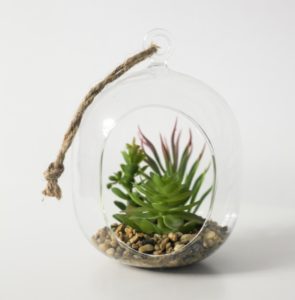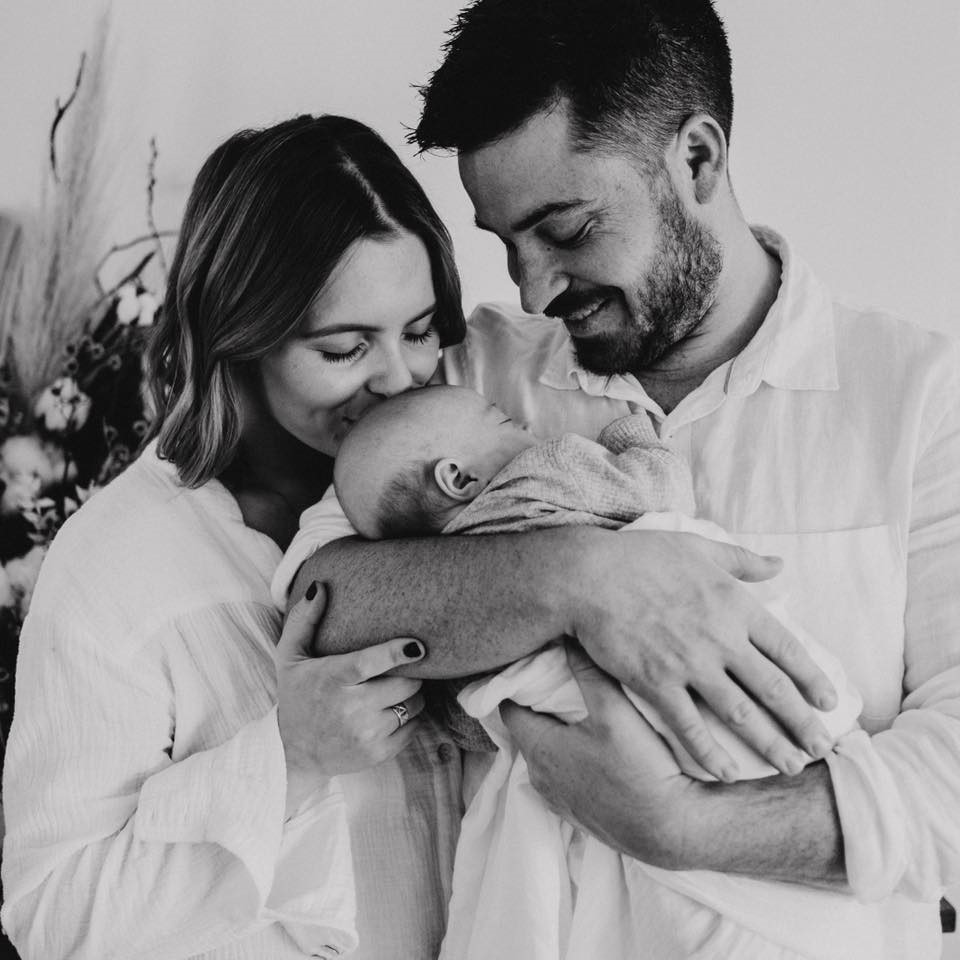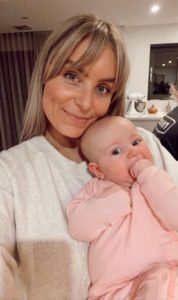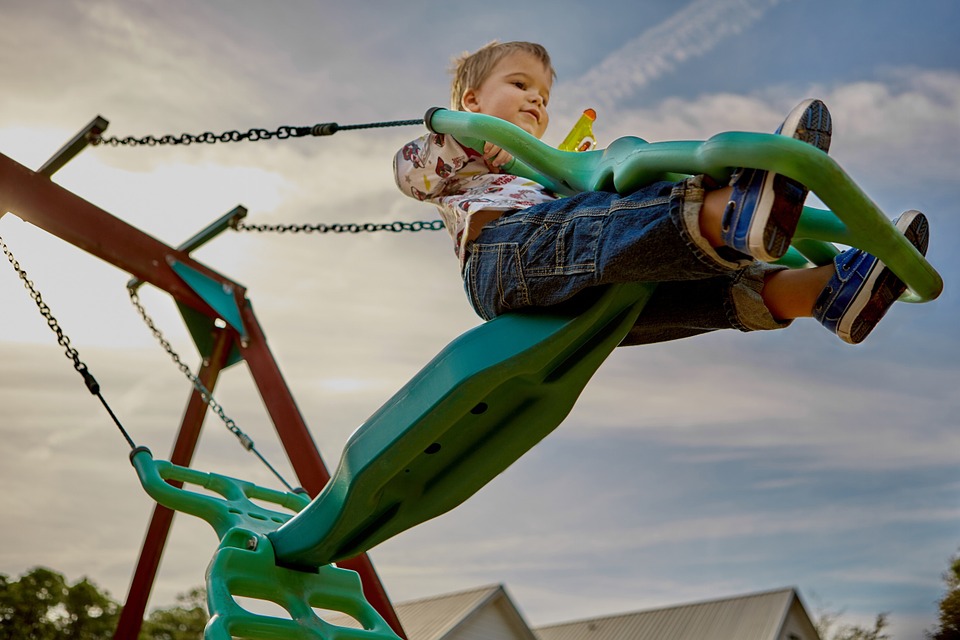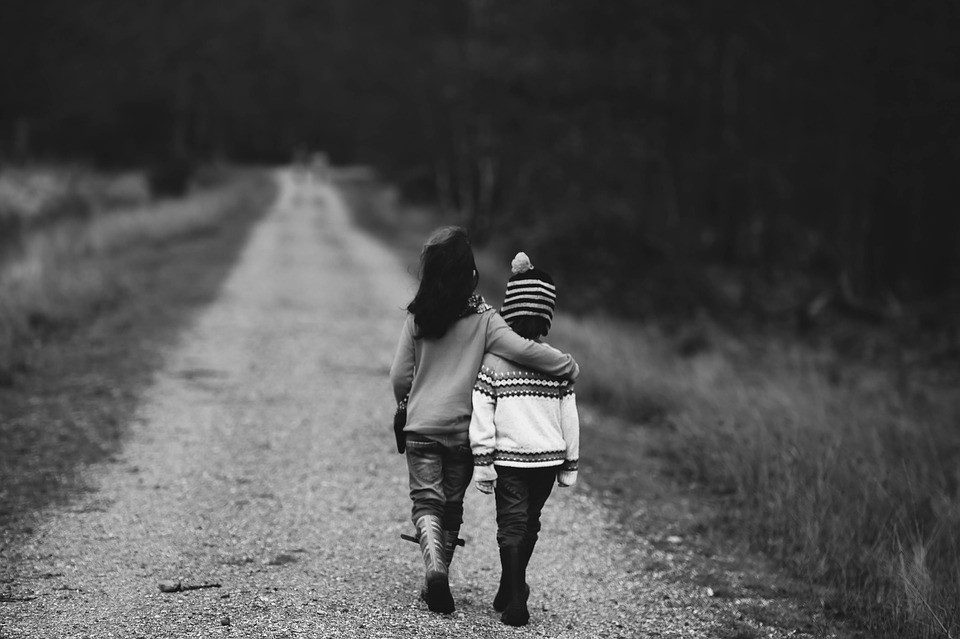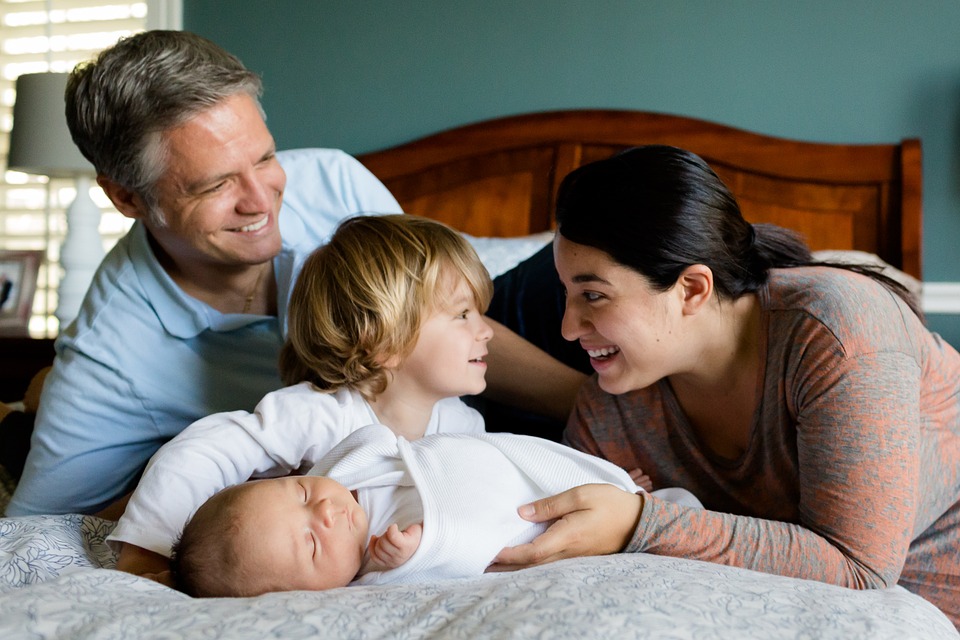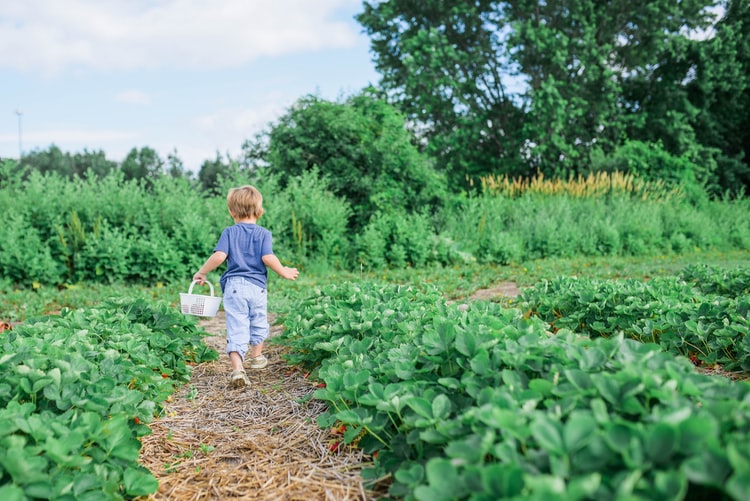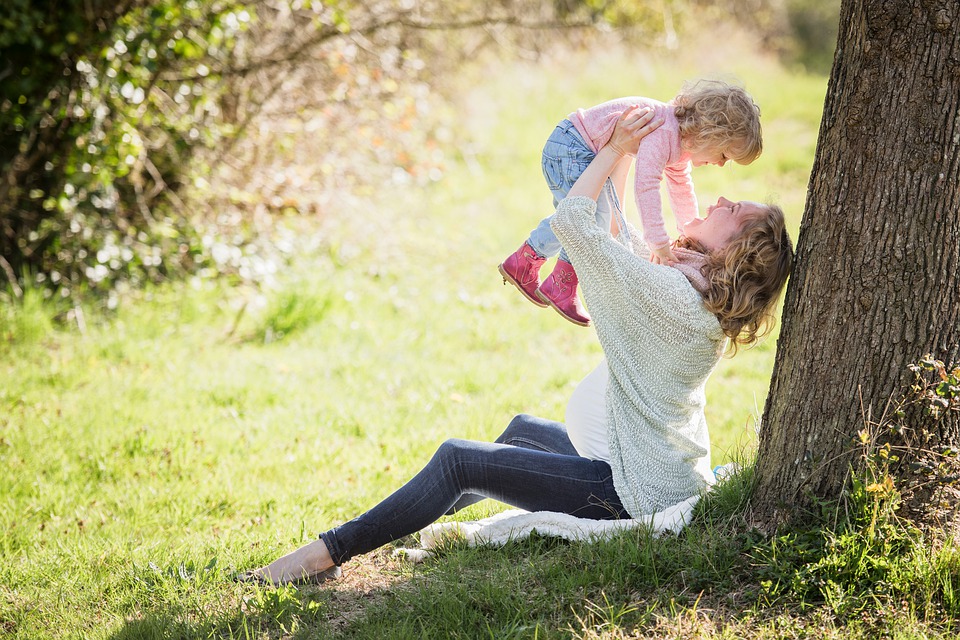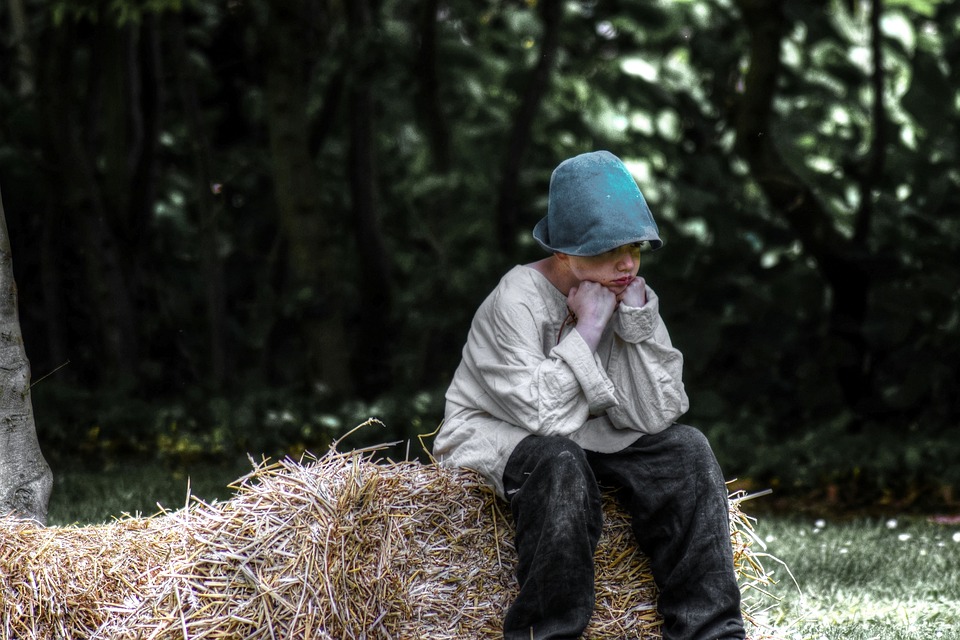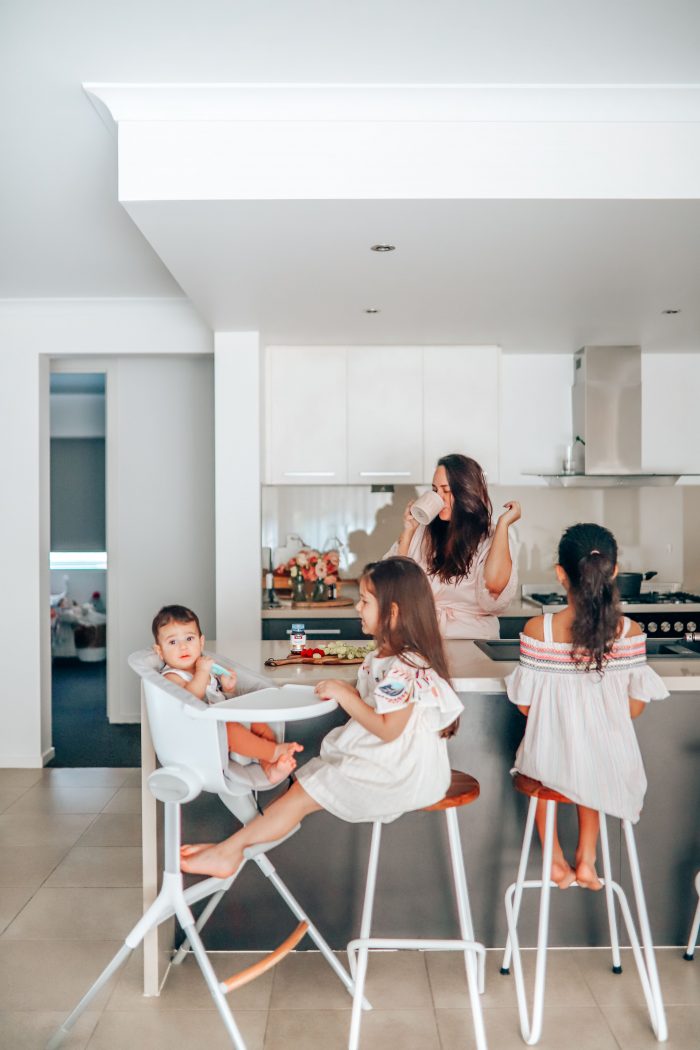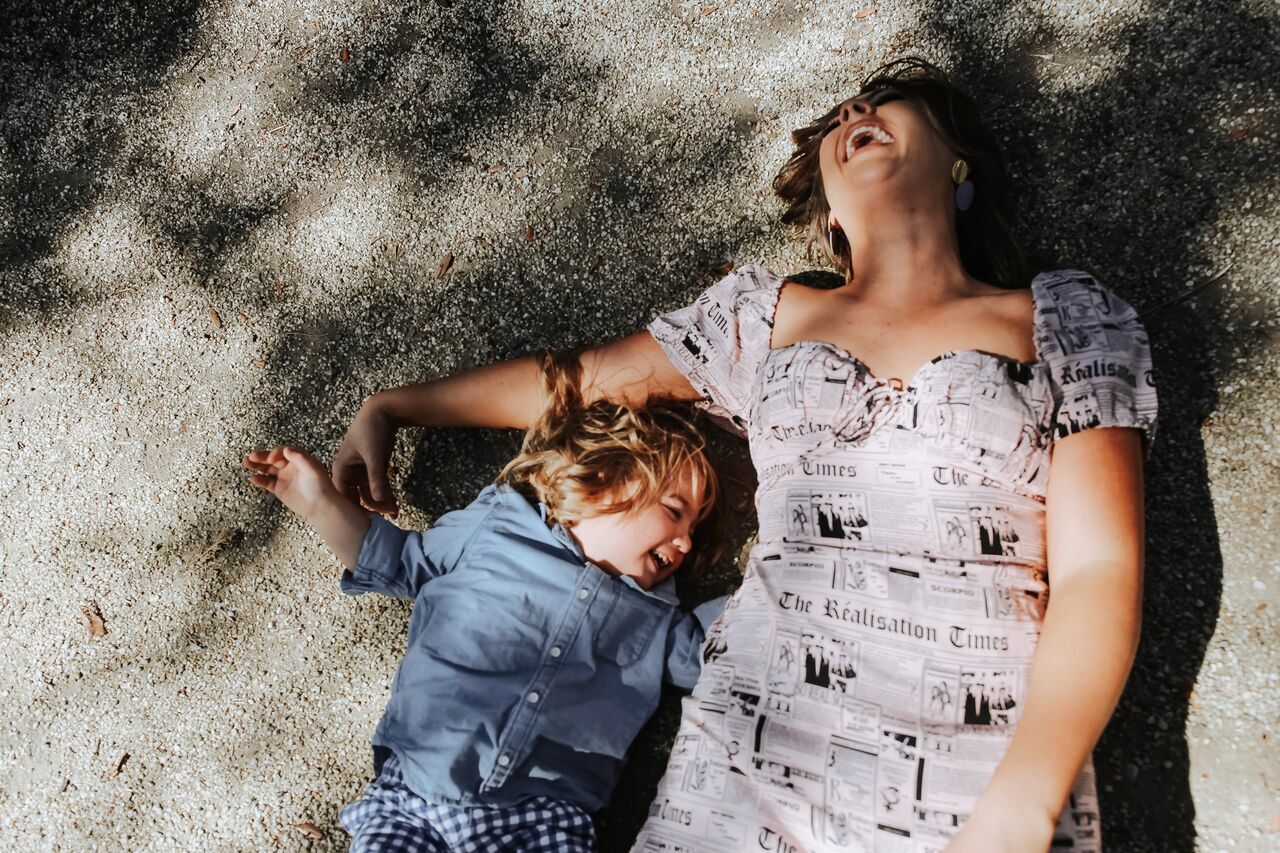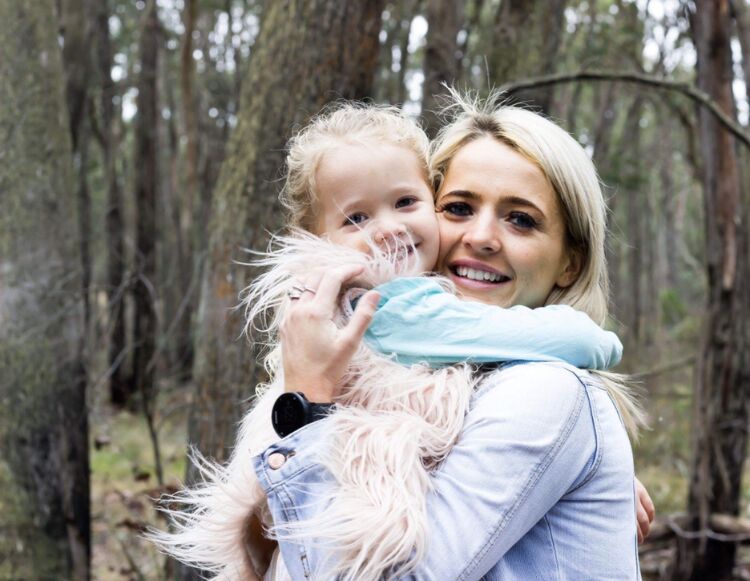As children are entering puberty earlier than ever before, sex education has never been more important.
‘The talk’ is a phrase that strikes fear into parents, eliciting reactions like cringing, nervous laughter and hope that the conversation is a long way off – but how soon is too soon?
Modern day biological and environmental changes are causing children to enter puberty earlier than ever before. Medical writer, Dr Randi Epstein, says girls are entering puberty at 10-11 years of age, while boys are starting a little later, at 11-12 years of age. These findings, combined with the vast amount of technology and knowledge at children’s fingertips, has health professionals and parents re-evaluating sexuality education.
For kids, the absence of sex education can run deeper than a simple lack of knowledge. With bodily changes occurring much earlier, children midway through primary school who have not had these discussions can be left feeling scared and confused as they enter puberty – yet experts warn this is not the only danger.
Children’s bodies are developing well before their brains, faster than ever recorded. Creating what Psychologist Jane Mendle calls ‘maturational disparity’, a result of both environmental and biological factors. This condition has been observed as having detrimental effects primarily in young girls – although it can affect boys as well.
Mendle says girls who begin puberty early and experience this condition, are “more likely than others to suffer from panic attacks, suicidality, body dissatisfaction, substance abuse, and depression that extends into adulthood”. She also notes these girls are at greater risk of sexual harassment at school.
While maturational disparity significantly impacts the psychological wellbeing of children, having open discussions about sex and sexuality can positively impact children having such experiences and reduce the risks linked with the condition.
There are other dangers associated with leaving ‘the talk’ too late. Children could be missing out on crucial information that influences their wellbeing and safety. In a recent survey of secondary students by Latrobe University, over one quarter (28.4 per cent) of sexually active students had experienced unwanted sex at least once, and one third of students reported engaging in sexting in the last two months.
While schools are working to reduce risk taking behaviours and are educating students about consent – a parent’s role in sexuality education cannot be ignored. According to the Australian Department of Education, parental involvement in sex education “contributes to greater openness about sex and sexuality and improved sexual health among young people”.
While what your child may need to know is heavily dependant on their personal needs and unique development, health experts have outlined basic information your child should engage with based on their age group.
Ages 0 to 5
For those with children under five, professionals say to start small, sharing information that will help create clear, open lines of communication between a parent and child. For under 5’s:
- Teach the correct anatomical terms for body parts.
- Explain the concepts of public and private.
- Ensure your child understands the difference between appropriate and inappropriate touching.
Ages 6 to 10
At this stage in your child’s development it is important to prepare them for the changes they are about to experience before they begin puberty. Having this discussion prior to such changes happening will prevent fear and confusion when entering this stage of development.
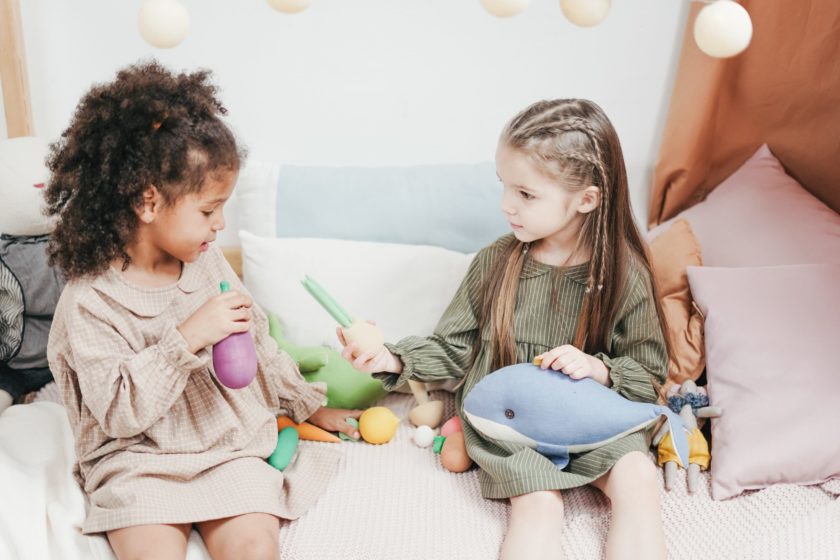
- Teach your child how babies are born, and how they grow inside the womb.
- Explain puberty, how their body and mind will change as they get older.
- Explain different sexualities and preferences.
- Discuss gender stereotyping.
Ages 11 to 12
As many children are entering puberty, it may be helpful to explain exactly why these changes are happening, and how to navigate a world in which technology is such a big part of life.
- Teach the names and functions of reproductive organs.
- Explain sexual intercourse.
- Teach your child how to respect themselves and others.
- Teach basic hygiene practices associated with puberty, for example: wearing deodorant.
- Instruct your child about responsible use of technology.
Age 13 to 18
During high school teenagers are entering their first relationships, and health professionals say it is better to provide the following information before your teenager is sexually active – rather than waiting until it’s too late.
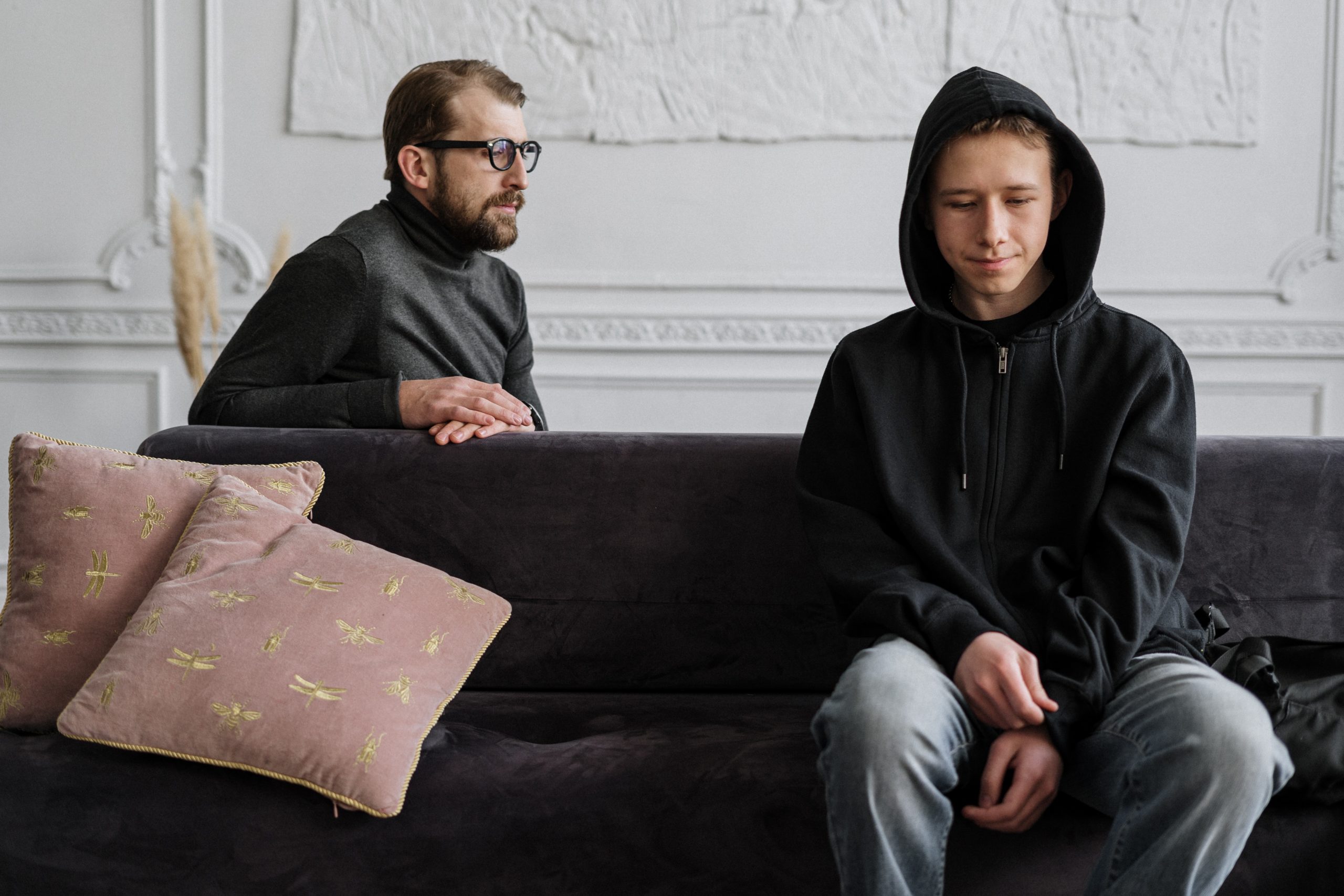
- Educate your child on safe sex practices.
- Explain sexually transmitted infections, and how to prevent them.
- Teach the meaning of consent.
- Educate your child on healthy relationships.





















